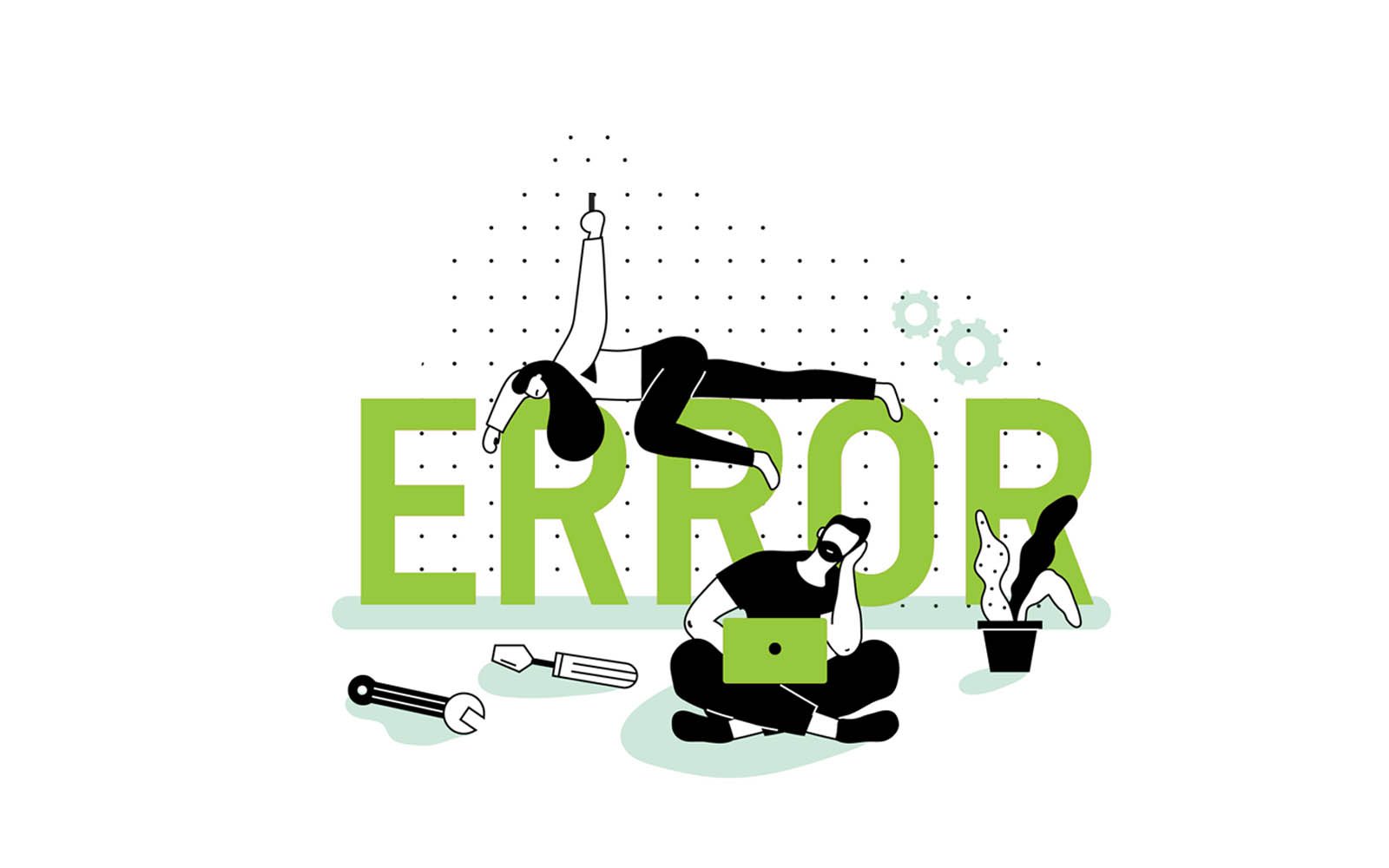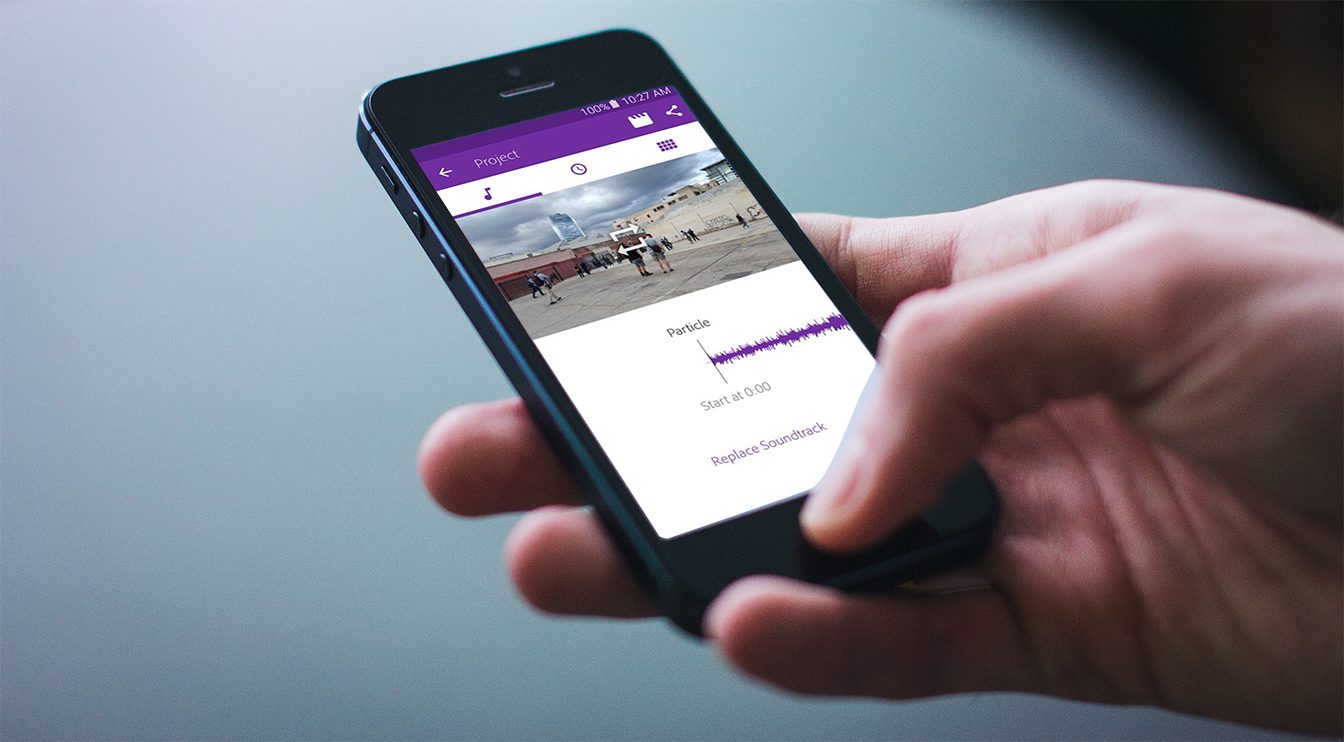This is a lengthy, instructional post outlining typical SEO problems and solutions with sites that have gone through several re-designs. OK, now that I’ve got your attention, let’s get down to business. If your site is more than a few years old, chances are it’s been through a fair share of changes. You’ve probably had three different designs, multiple programmers or web shops working on it. You probably went from PHP to .NET, and back to PHP again, and you added a blog from WordPress and migrated all of the static content there too. You added a boatload of pages, and got rid of just as many after marketing went through their nineteenth change in messaging. Sound familiar? Right – that’s why your site is…well….not showing up in Google as frequently as it should be.
Don’t worry – we all go through it – even us. The good news is that it’s all fixable. And believe me when I say that if you fix these issues, your rankings will improve. (We’ve seen it happen).
Sign #1 – You have 404 pages everywhere.
These pesky pages are usually a result of people adding pages, changing them, deleting them, and changing your mind. What you didn’t know was that through all of this ADD, Google went ahead and indexed all any any pages it could find and loaded them up in their index, and you forgot to tell them you’ve changed some things around.
How to detect: run your site through Google Webmaster Tools and see if they find any crawl errors. Pay attention to the last time it was detected since they do tend to keep a running log, meaning you could have fixed the problem, and it will still show in the list.
How to fix: if you are using WordPress, you can use the Redirection plugin to 301 these pages to where you want them to go. For everyone else, you’ll have to add the redirect to your .htaccess file. Here is an example of how we wrote one for Pear, but be warned that these are different for every site and server configuration:
RewriteRule ^(d{4})/(.*)$ /blog/$1/$2 [R=301,L]
Be sure to read The Relevance of 404 Errors in SEO.
Sign #2 – You’re temporarily redirecting pages (using a 302) when you should be permanently redirecting them (using a 301).
You may have fat-fingered the rewrite rule above, and instead of using a 301, you used a 302. Hey, it happens. This is also a bigger problem in WordPress, where all trackback pages are 302’d. The problem with a 302 redirect is that is does not pass any of that wonderful link juice to the “new address”, and is all kept back at the source because they think the move is temporary. Bummer, because this really sucks if you have some great sites linking back to you.
How to detect: this one is tough, but if you are a Pro member at SEOmoz, you can get this done over there. Hopefully we will be adding this to SiteJuice in the future.
How to fix: In WordPress, you’re going to have to modify the wp-trackback.php file. Find the line that has “wp-redirect(get_permalink($tb_id));” and change it to “wp-redirect(get_permalink($tb_id),301);“, and all of your trackbacks will pass the almighty link juice.
Sign #3 – You’re loaded with duplicate content.
Duplicate content is common if you are running affiliate pages, or you are indexing category and tags as pages from your blog. Duplicate content, or having the same content on multiple pages (either on-site of off) can cause the pages to unnecessarily compete with each other for rankings, and now the better page will ultimately perform worse.
How to detect: you can uncover duplicate content in Google Webmaster Tools because they will detect duplicate title tags, so you can start there. SiteJuice looks for the www redirect only. We will be adding a more comprehensive duplicate content checker, so for now you can try the SEOmoz Pro tools to detect this. (It’s what we used for Pear). Check for duplicate titles and other SEO tags while you’re at it.
How to fix: first, you’re going to need to tell the search engine which URL you prefer, and so you can use the rel=canonical tag on the preferred page. There is a Yoast plugin for WordPress that accomplishes the same thing. Make sure each page has a unique title and description.
Sign #4 – Your pages are so slow that I’ve grown a beard waiting for them to load.
Over the years you’ve added every single script and add-on you could think of. You added three different visitor trackers, live chat, Tweetmeme and Facebook Share buttons, and a bunch more. The footer is now bigger than the main body section of the page. Whoops. Even though most scripts load pretty fast, it does add up. You want to make sure your page load time doesn’t exceed 2 seconds, because it can contribute to visitor loss.
How to detect: load your page into SiteJuice and let ‘er rip. We’ll measure the load time, plus give you pointers on how to fix it. For you more fancy pants users, you can also use YSlow for FireFox.
How to fix: You can start by using asyncronous tracking scripts where ever you can (Google Analytics is now async, and so is Clicky). This means the script loads in parallel to the page, and does not affect content load time. You can also minify your HTML and CSS, and use a CDN for your images. We find for most sites that either scripts or images are the culprit.
OK, so I’m sure you have plenty to fix – even we did. Happy fixing!
















